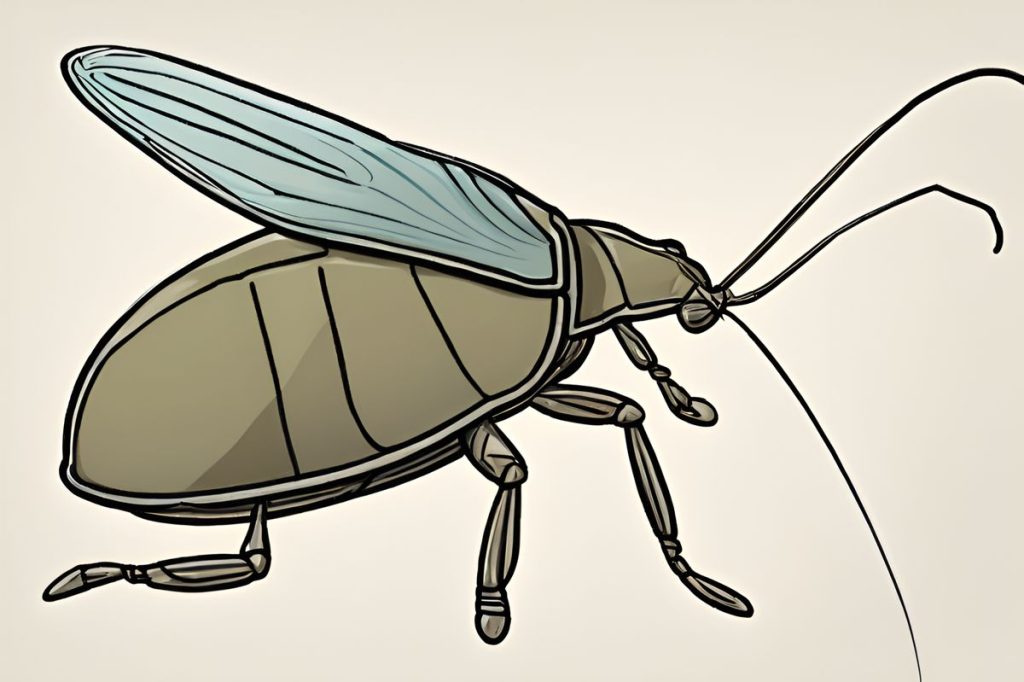The recently discovered Giant Water Bug in Cyprus, Lethocerus patruelis, feeds on aquatic arthropods, tadpoles, and small fish, playing a crucial role in maintaining ecosystem balance. Contrary to misconceptions, they do not pose a threat to humans and do not bite human toes, as confirmed by researchers from the Cyprus Wildlife Research Institute.
What is the diet of the recently discovered Giant Water Bug in Cyprus?
The Giant Water Bug, Lethocerus patruelis, found in Cyprus feeds on aquatic arthropods, tadpoles, and small fish. They play a critical role in maintaining ecosystem balance by controlling prey populations. Despite misconceptions, they do not pose a threat to humans or bite human toes.
A New Resident on the Shores
The recent discovery of the giant water bug, Lethocerus patruelis, in Cyprus has prompted both curiosity and concern among residents and scientists. The director of the Cyprus Wildlife Research Institute, Kemal Basat, has been at the forefront of research regarding this new resident of the island’s eastern coast. Found particularly in areas such as Famagusta and near Ayia Napa, these insects prefer the coastal habitats, often close to the sea.
Despite initial worries, Basat has been quick to reassure the public. Through extensive studies and sample collections, his team has confirmed that these imposing insects pose no threat to beachgoers. Contrary to some beliefs, they do not bite human toes or any other part of the human body.
The Diet of Lethocerus patruelis
Often labeled as toe-biters, the giant water bugs are actually peaceful creatures when it comes to human interactions. Their diet primarily consists of other aquatic arthropods, tadpoles, and even small fish. This predatory behavior is crucial to maintaining a balanced ecosystem, as they help control the populations of their prey in their natural habitat.
Kadir Bogac Kunt, a researcher working with the Cyprus Wildlife Research Institute, has further investigated these insects’ behaviors. His findings, published in a peer-reviewed article, explicitly mention that human flesh, specifically toes, is not on the menu for these bugs.
Misconceptions and Reassurances
The presence of the giant water bug in Cyprus is a testament to the island’s diverse and rich natural habitats. However, misinformation can often lead to unwarranted fears among the public. The Cyprus Wildlife Research Institute takes this opportunity to educate and inform the public about the true nature of these insects, emphasizing that there is no need for alarm.
Basat’s commitment to dispelling myths about the giant water bug is an essential step in fostering a better relationship between humans and the native wildlife of Cyprus. By ensuring that the public is accurately informed, a harmonious coexistence between people and insects is more attainable.
Significance of the Giant Water Bug
The discovery of Lethocerus patruelis on Cyprus is not only intriguing for local scientists but also for entomologists worldwide. These insects are an integral part of the aquatic ecosystems, serving as both predators and prey. Their presence indicates the health of the coastal environments they inhabit.
This species also contributes to the biodiversity of the island, which is known for its unique flora and fauna. The findings and ongoing research provide valuable insights into the conservation needs and the ecological dynamics of Cyprus’s coastal regions.
Are Giant Water Bugs in Cyprus dangerous to humans?
No, the Giant Water Bugs (Lethocerus patruelis) found in Cyprus do not pose a threat to humans. Contrary to misconceptions, they do not bite human toes or any other part of the human body. Their diet primarily consists of aquatic arthropods, tadpoles, and small fish, and they play a crucial role in maintaining ecosystem balance.
Where can Giant Water Bugs be found in Cyprus?
Giant Water Bugs in Cyprus, particularly Lethocerus patruelis, can be found in coastal habitats, often near the sea. They have been observed in areas such as Famagusta and near Ayia Napa. These insects prefer aquatic environments where they can feed on their natural prey.
What is the role of Giant Water Bugs in the ecosystem of Cyprus?
Giant Water Bugs, such as Lethocerus patruelis, play a critical role in maintaining ecosystem balance in Cyprus. They feed on aquatic arthropods, tadpoles, and small fish, helping to control the populations of their prey. By regulating these populations, they contribute to the overall health and stability of the coastal habitats they inhabit.
How are researchers from the Cyprus Wildlife Research Institute addressing misconceptions about Giant Water Bugs?
Researchers from the Cyprus Wildlife Research Institute, such as Kemal Basat and Kadir Bogac Kunt, are actively working to address misconceptions about Giant Water Bugs in Cyprus. Through extensive studies, sample collections, and peer-reviewed publications, they have confirmed that these insects do not pose a threat to humans. By educating the public and providing accurate information, they aim to foster a better understanding and appreciation of these native insects.

